You don’t need to spend a fortune to feel like you’ve been wrapped in a cloud of calm. In Istanbul, where the scent of rosewater and eucalyptus drifts through alleyways and the hum of the Bosphorus lulls you into peace, cheap massage isn’t just possible-it’s everywhere. You just need to know where to look.
Key Takeaways
- Real, legit, affordable massages start at just 150 Turkish Lira ($5) in local neighborhoods
- Traditional Turkish hammam massages are cheaper than spa treatments and way more authentic
- Avoid tourist traps in Sultanahmet-head to Kadıköy, Beyoğlu’s backstreets, or Üsküdar for real deals
- Most budget spots don’t require booking-just walk in, point, and relax
- Good massage isn’t about luxury linens-it’s about skilled hands, steam, and time
What You Get for Under $10
Let’s cut through the noise. A 60-minute full-body massage in a fancy hotel spa in Istanbul? That’ll run you 800-1,200 TL. But if you’re smart, you can get the same level of pressure, the same soothing oil, the same deep release for under 200 TL. How? By skipping the marble floors and the background piano music, and going straight to the people who’ve been doing this for generations.
Think of it like eating kebab. You don’t need a five-star restaurant to get the best one. Sometimes, the best kebab is in a tiny shop with a grill outside, where the owner waves you in like family. Same goes for massage. The real magic isn’t in the candles or the rose petals. It’s in the hands that know every knot in the neck, every tight spot in the shoulders, every ache from standing all day on the tram.
Why Cheap Doesn’t Mean Bad
Here’s the truth: most budget massage places in Istanbul aren’t trying to rip you off. They’re run by locals-often former athletes, retired physiotherapists, or people who learned from their grandparents. They don’t have fancy websites. They don’t advertise on Instagram. They have one sign. One chair. One table. And they’re busy. Because word of mouth moves faster than any ad.
At these spots, you’re not paying for ambiance. You’re paying for expertise. A 45-minute traditional Turkish massage (called havlu masaj) uses no oils, just pressure, stretching, and rhythmic movements. It’s not relaxing in the spa sense-it’s therapeutic. You’ll feel loose, lighter, like your bones have been reset. And yes, it costs less than a cup of Turkish coffee in Taksim.
Where to Find the Best Budget Massages
Kadıköy (Asian Side)
Forget the fancy spas on the European side. Kadıköy is where locals go to unwind. Walk down Moda Street, turn into any side alley, and you’ll find small shops with curtains drawn, soft music playing, and a sign that says "Masaj - 150 TL". These places are quiet, no tourists, no pressure. You sit on a stool, take off your shirt, and they start without asking. No forms. No upsells. Just hands on skin and steam in the air.
Beyoğlu’s Hidden Corners
Yes, Istiklal Avenue is packed. But head up the stairs behind the Pera Palace Hotel, into the narrow lanes of Cihangir or Nişantaşı’s backstreets, and you’ll find family-run massage rooms tucked between tailors and old bookshops. Some have only one therapist. Some have three chairs lined up like a barber shop. Prices? 120-180 TL for 45 minutes. Bring cash. Ask for "kafa masajı" (head massage) if your temples are screaming after a day of walking.
Üsküdar and Haydarpaşa
These neighborhoods are where Istanbul’s soul still breathes. In Üsküdar, near the ferry docks, you’ll find men sitting outside with towels draped over their shoulders, waiting for customers. They offer 30-minute neck and shoulder massages for 80 TL. You can get one while you wait for the ferry. No appointment. No credit card. Just a quick reset before you head back across the Bosphorus.
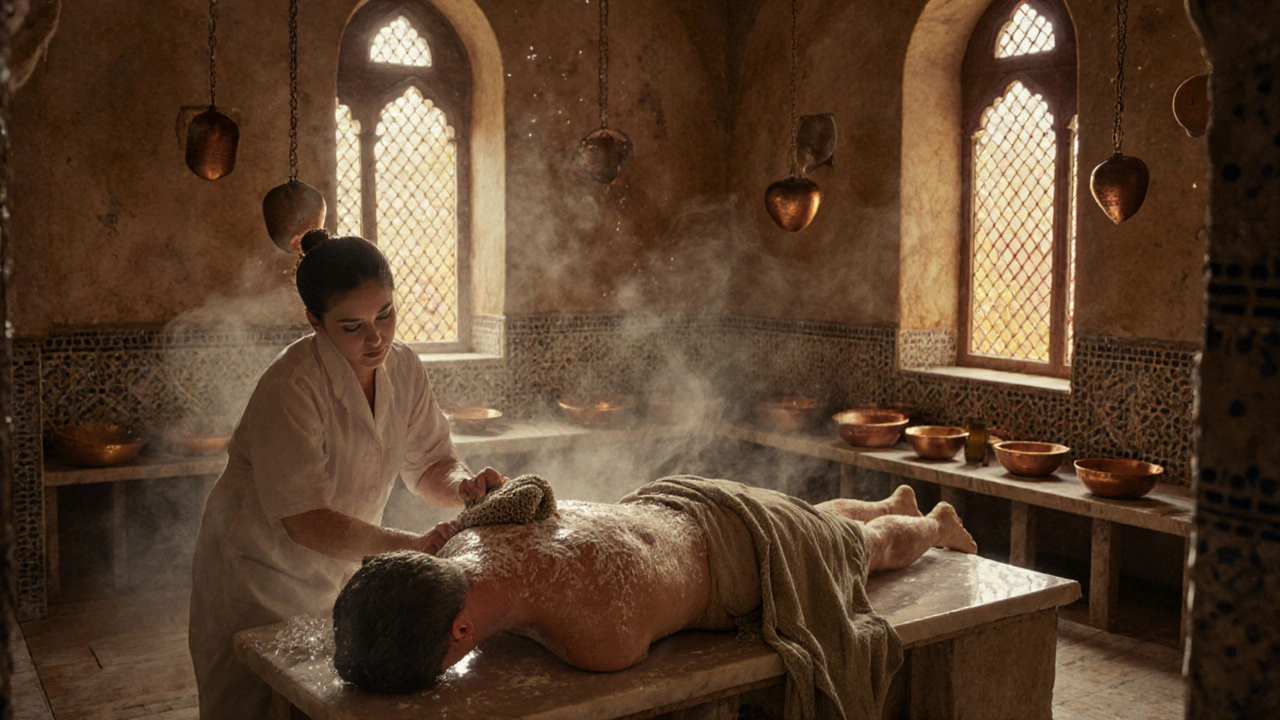
What to Expect During a Session
Walk into one of these places, and you’ll notice it’s not like a spa. No lavender diffusers. No music with dolphins. Just a small room, a padded table, and a stack of clean towels. You’ll be asked to remove your top (and sometimes pants, depending on the type). You’ll lie face down. Then, the hands start.
The pressure? It’s firm. Not painful, but deep. You’ll feel your muscles release in waves. They’ll stretch your arms, twist your spine gently, press along your spine like they’re unlocking something. It’s not gentle. It’s effective. After 45 minutes, you’ll sit up slowly-dazed, maybe a little dizzy-and realize your shoulders aren’t up by your ears anymore.
Some places offer hammam massages after a steam. You’ll be scrubbed with a rough mitt, rinsed, then massaged with olive oil. It’s intense. It’s ancient. And it costs 250 TL total-still less than a single treatment in a tourist spa.
Pricing Guide: What You Really Pay
| Type of Massage | Duration | Price (TL) | Price (USD) | Where to Find |
|---|---|---|---|---|
| Basic Neck & Shoulder | 30 min | 80-120 | $2.50-$4 | Üsküdar, ferry docks |
| Traditional Turkish (Havlu Masaj) | 45 min | 150-180 | $5-$6 | Kadıköy, Cihangir |
| Full Body (Oil-Based) | 60 min | 200-250 | $7-$8 | Neighborhood shops |
| Hammam + Massage | 90 min | 250-300 | $8-$10 | Historic hammams (e.g., Çemberlitaş) |
| Hotel Spa (Tourist Trap) | 60 min | 800-1,200 | $25-$40 | Sultanahmet, Taksim |
Safety Tips: How to Avoid the Fakes
Not every place with a sign saying "Massage" is legit. Here’s how to tell the difference:
- Look for men or women in plain clothes-not lingerie or robes. Real therapists wear t-shirts and shorts.
- Check the room. If it’s dark, has red lights, or smells like perfume, walk out. That’s not massage-that’s something else.
- Ask for "havlu masaj" or "termal masaj". If they don’t know the term, they’re not trained in traditional methods.
- Pay upfront. No one in a real budget shop asks for a deposit or card. Cash only.
- Trust your gut. If you feel uncomfortable at any point, stand up and leave. No apology needed.
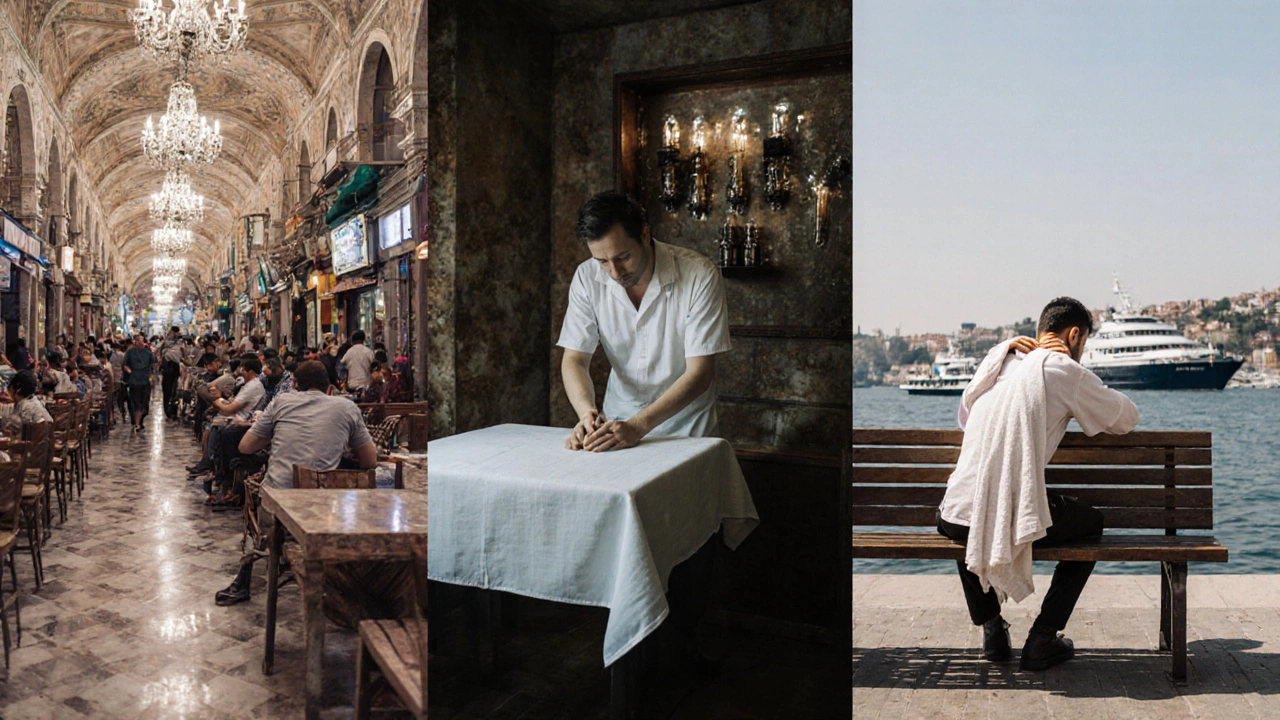
Massage vs. Hammam: Which One Should You Choose?
| Feature | Traditional Massage | Hammam Experience |
|---|---|---|
| Duration | 30-60 minutes | 90-120 minutes |
| Pressure | Firm, focused, therapeutic | Light to medium, full-body scrub |
| Best For | Tight shoulders, back pain, quick reset | Detox, skin renewal, full relaxation |
| Cost | 120-250 TL | 250-400 TL |
| Aftercare | Drink water, rest | Drink tea, avoid cold air |
| Best Location | Neighborhood shops | Çemberlitaş, Ayasofya Hürrem Sultan |
Frequently Asked Questions
Are cheap massages in Istanbul safe?
Yes-if you go to the right places. Stick to neighborhood shops, avoid places with red lighting or private rooms, and always choose therapists who wear regular clothes. Real budget massage spots are clean, professional, and focused on relief-not romance.
Can I get a massage without speaking Turkish?
Absolutely. Most places use hand signals. Point to your neck, shoulders, or back. Nod when you want more pressure. Shake your head if it’s too hard. Many therapists have worked with tourists for years. They know the gestures. Just smile and relax.
Is it okay to tip?
Tipping isn’t expected, but if you loved it, leaving 20-50 TL is appreciated. Some therapists don’t even take tips-they’ll wave you off with a smile. That’s how you know it’s real.
How often can I get a cheap massage?
As often as you want. Many locals get one every week. It’s not a luxury-it’s part of daily life. Think of it like stretching after sitting too long. Your body will thank you.
Do these places accept credit cards?
Almost never. Bring cash. Small shops don’t have card machines. And that’s a good thing-it means they’re not trying to upsell you. Just hand over the bill, get your change, and walk out feeling better.
Ready to Unwind?
You don’t need a five-star resort to feel like you’ve been reborn. In Istanbul, the best massages aren’t advertised. They’re whispered about. They’re found by turning down the wrong street and ending up in a quiet room with a therapist who’s seen it all-and knows exactly how to fix it.
Grab your wallet, skip the tourist zone, and head to Kadıköy. Sit down. Take off your shirt. Let your shoulders drop. And for once, let someone else carry the weight.
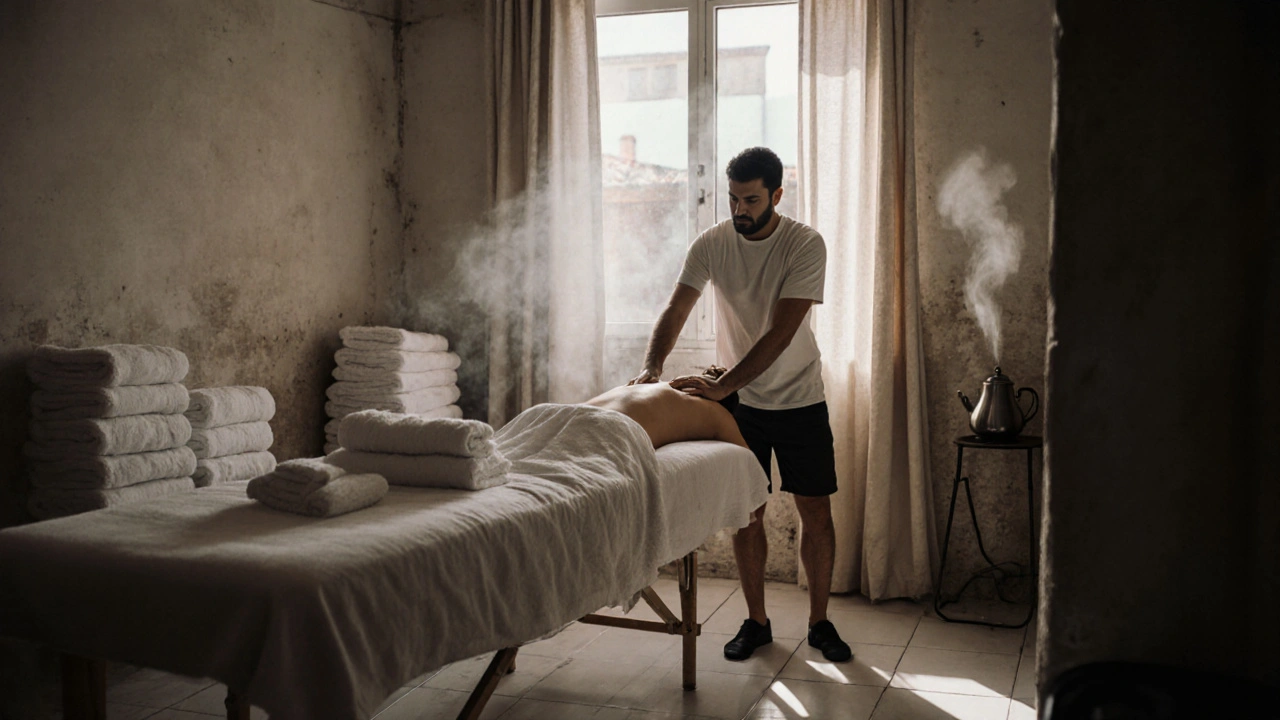
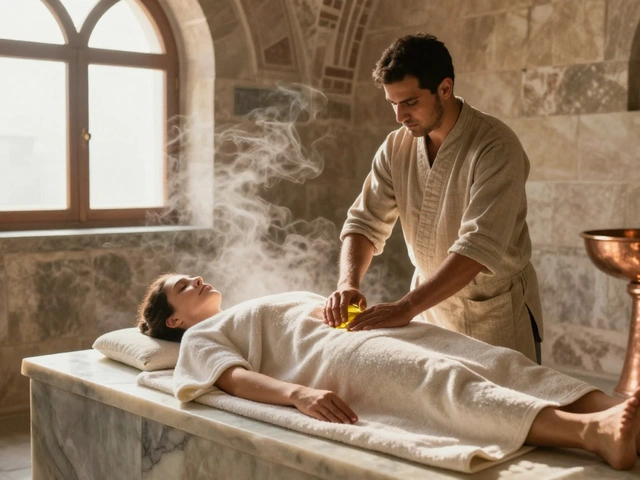
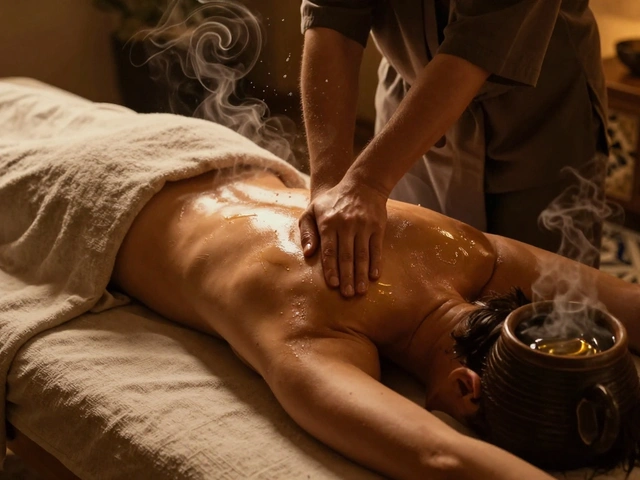
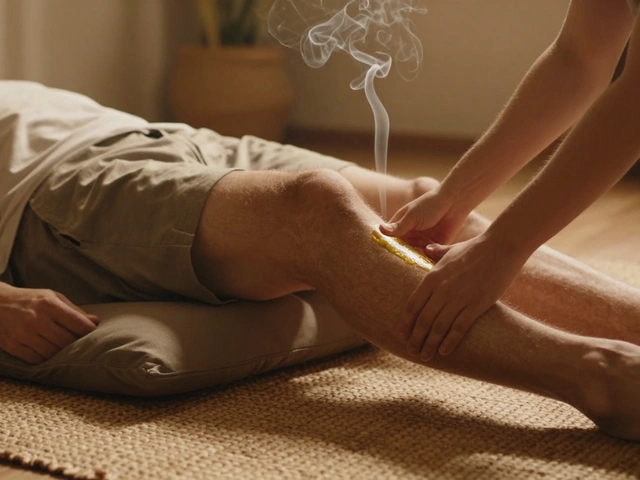
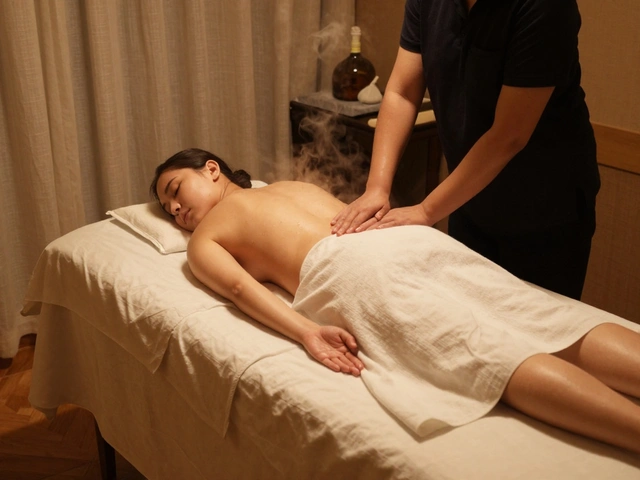
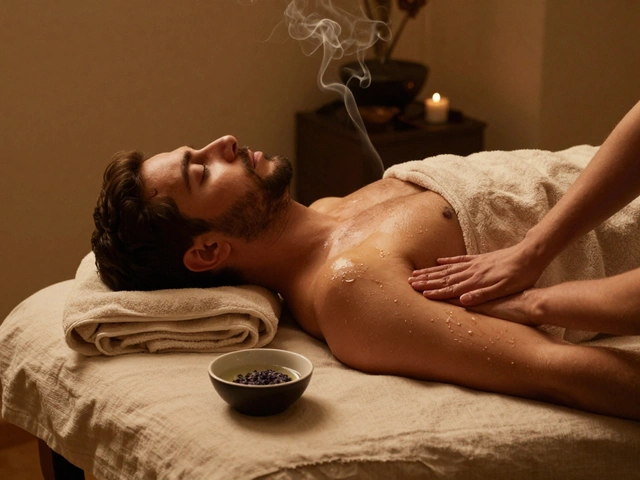
Just got back from Istanbul last month and this is 100% on point. Found a little spot in Kadıköy where this guy did a 45-minute havlu masaj for 150 TL. No music, no candles, just him and his hands. I was skeptical at first, but by the end I felt like my spine had been reassembled. No joke, I walked out like a new person. Don’t overthink it-just go in, point to your shoulders, and let them work their magic.
Also, the guy didn’t even speak English, but we communicated with hand gestures and smiles. That’s the real Istanbul.
Pro tip: Bring small bills. They don’t have change for 500 TL notes.
This is one of the most thoughtful pieces on Istanbul’s hidden wellness culture I’ve read. It’s fascinating how the city’s massage traditions are rooted in generational knowledge rather than commercialization. The distinction between havlu masaj and hammam is particularly well-explained-most travel blogs blur the two. I’ve seen people pay 10x for spa treatments in Europe and still come out with tension in their traps. The fact that Istanbul locals treat this as routine self-care, not luxury, says something profound about their relationship to the body. I’d love to see more documentation of these practices before they get gentrified.
Also, the note about cash-only being a sign of authenticity is spot-on. It’s not about avoiding technology-it’s about avoiding exploitation.
lol u guys are so gullible. This whole thing is a tourist trap disguised as ‘authentic.’ 150 TL? That’s like 5 bucks, who’s gonna work for that? They’re probably paying these guys 20 TL an hour and making them do 8 massages a day. And don’t get me started on ‘havlu masaj’-that’s just old men grabbing your butt under a towel while you’re half-naked. I went to one of these places in Üsküdar and the guy kept trying to touch my inner thigh. Said it was ‘pressure point.’ Bullshit. Turkey’s full of fake healers preying on dumb foreigners. Don’t believe the hype. Stick to the hotels. At least they have liability insurance.
Also, why is everyone always saying ‘walk in, no booking’? That’s because they’re not licensed. If it was legit, they’d have a website. And no, I don’t care if you ‘trust your gut’-your gut is being manipulated by cultural romanticism.
It’s funny how we think of massage as something you pay for, when really, the body has been healing itself since the dawn of time. The hands that press into your shoulders-they’re not just manipulating muscle, they’re channeling something older than money, older than capitalism, older than the Bosphorus itself. You sit there, stripped down to your skin, and suddenly you’re not a consumer anymore-you’re just a human being being held by another human being who’s seen pain, who’s carried it, who knows how to release it without words. And that’s the thing no spa can replicate, because no spa has ever lived through a war, or lost a child, or stood on a ferry at dawn watching the sun split the water. These therapists? They’re not selling a service. They’re offering a moment of grace. And you can’t price grace. You can only receive it. And if you’re lucky, you’ll leave with more than just looser shoulders-you’ll leave with a quiet understanding that sometimes, healing doesn’t need a logo. Just a towel, a table, and someone who remembers how to breathe with you.
Also, I cried during mine. Didn’t expect that. But I’m not sorry.
I loved this so much. As someone who’s struggled with chronic back pain for years, I’ve tried everything-chiropractors, acupuncture, expensive spa retreats-and nothing compares to the raw, no-nonsense effectiveness of these Turkish massage spots. The fact that they’re so accessible, so unpretentious, and so deeply rooted in community is inspiring. I actually brought my mom here last year after she had surgery, and she said it was the first time in decades she felt like her body wasn’t fighting her.
I also appreciate how the post emphasizes safety without being alarmist. The advice to look for plain clothes, avoid red lighting, and pay upfront is gold. I’ve been in places where the vibe was just… off, and I didn’t know why until I read this. It’s like a survival guide for wellness tourism. And honestly? I think more travel content should be this thoughtful. Not every experience needs to be Instagrammable to be meaningful.
Also, I’m already planning my next trip just to go back to that little spot in Cihangir. The therapist remembered me. He nodded when I walked in. No words needed.
150 TL = life changer. 🙌